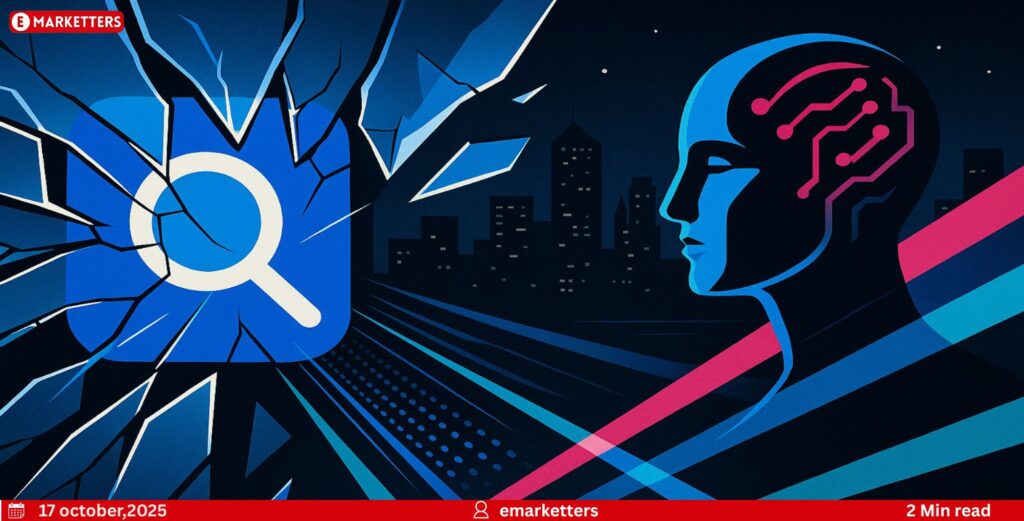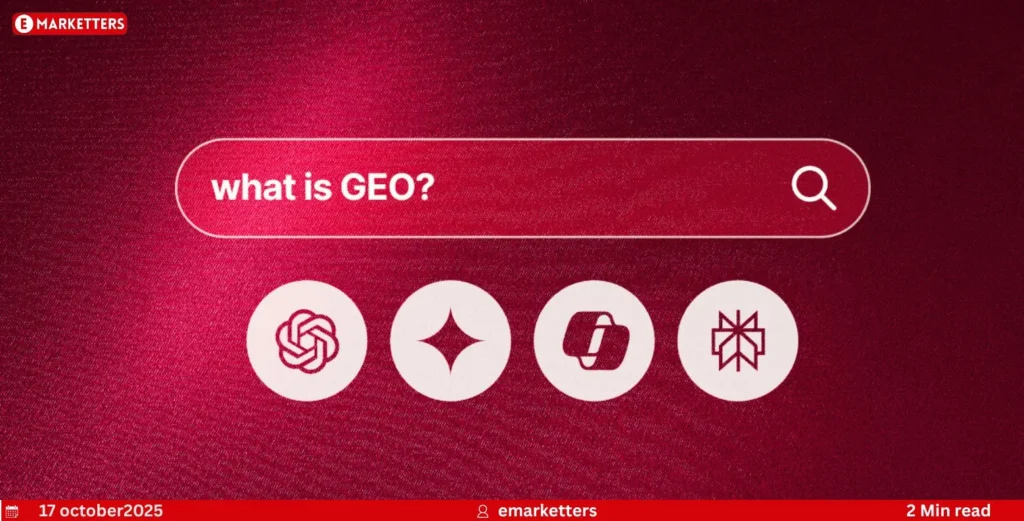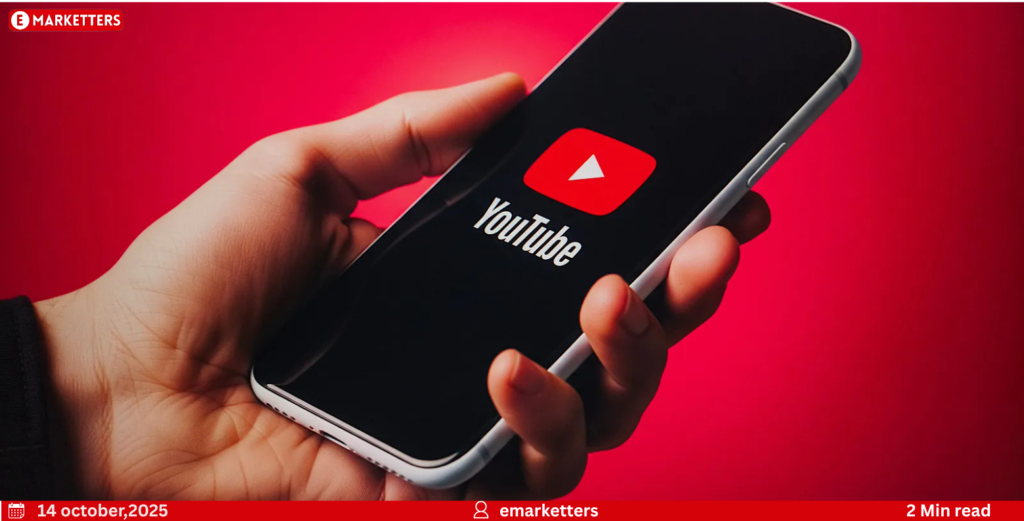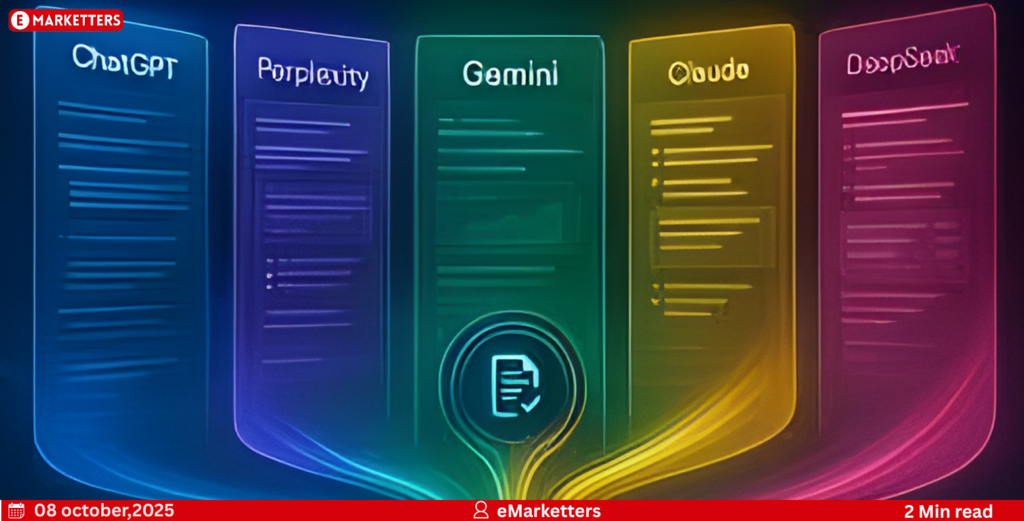Finding the Perfect Balance Between AI and Human Control in Google Ads
In 2025, Google Ads will be driven by automation, machine learning, and AI-powered features. What was once a hands-on, keyword-based system has transformed into a platform where algorithms manage bidding, targeting, and even creatives. For any digital marketing agency in Lucknow – eMarketters, this shift brings both opportunities and risks.
Why Automation Matters
AI has changed the game. It enables faster campaign launches, real-time bidding, audience targeting, and smart budget allocation. For advertisers handling multiple accounts, automation saves time and drives efficiency at scale.
But automation is not perfect. Left unchecked, it may chase cheap clicks, irrelevant placements, or vanity metrics instead of real business outcomes. That’s why human guardrails are essential.
Feeding Automation the Right Signals
AI learns from the data you provide. If your tracking is incomplete, Google fills the gaps with modeled conversions. These may not match actual CRM numbers. Smart advertisers compare real cost-per-acquisition (CPA) or return on ad spend (ROAS) with their targets using custom columns.
- For CPA: (Cost / Conversions) – Target CPA
- For ROAS: (Conv. Value / Cost) – Target ROAS
These formulas reveal whether overly tight efficiency settings are restricting automation or whether it has room to scale.
Where Automation Shines—and Where It Fails
Automation works best with clear campaign lanes. Search campaigns should handle high-intent keywords, while Performance Max can focus on prospecting. If mixed, AI often favors the easier win, hurting overall performance.
Supervision is critical. By checking bid strategy reports, impression share metrics, and search term reports, advertisers can catch misaligned signals early. Seasonality adjustments and data exclusions are also vital when market conditions shift faster than AI can adapt.
Human Guardrails Make the Difference
Automation won’t announce its mistakes—it quietly drifts. That’s why advertisers use scripts like anomaly detectors or n-gram filters to spot wasted spend before it snowballs. Auto-applied recommendations from Google should also be treated carefully, as they often serve Google’s inventory goals more than your profitability.
Ultimately, automation should support your work, not override it. The smartest advertisers know when to let AI lead and when to step in with strategy, negative keywords, or adjusted targets.
Conclusion
Automation is the backbone of Google Ads today, but it isn’t self-policing. With clean data, defined lanes, and human intervention, it can scale results beyond manual limits. The right balance ensures AI serves your business goals—not just cheap clicks.
FAQs
Q1. Can AI fully replace humans in managing Google Ads?
No, AI handles execution well but still needs human strategy and oversight.
Q2. Why does Smart Bidding sometimes miss targets?
Often, because efficiency settings are too strict, it limits Google’s ability to win auctions.
Q3. How can businesses ensure AI aligns with their goals?
By feeding clean conversion data, setting realistic targets, and monitoring performance regularly.




